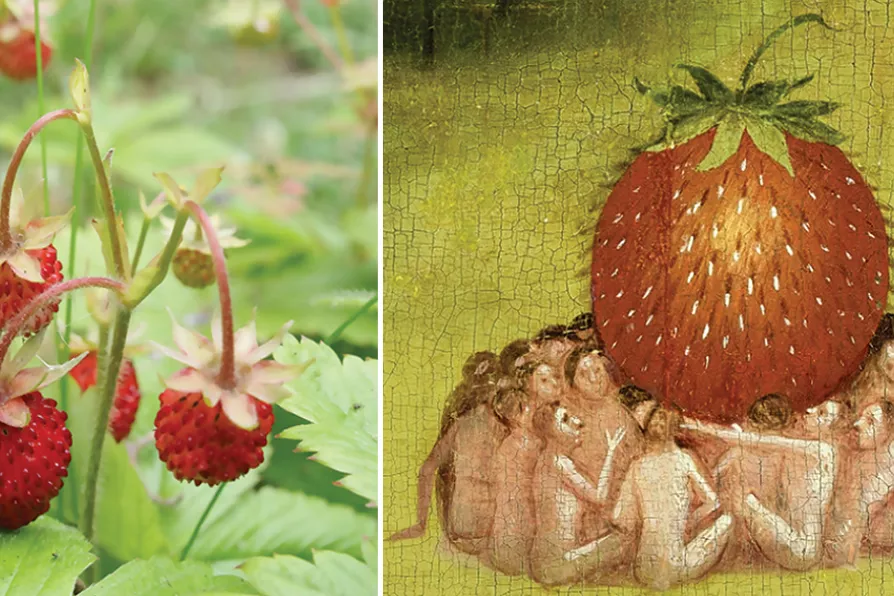Once the bustling heart of Christian pilgrimage, Bethlehem now faces shuttered hotels, empty streets and a shrinking Christian community, while Israel’s assault on Gaza and the tightening grip of occupation destroy hopes of peace at the birthplace of Christ, writes Father GEOFF BOTTOMS
Taste of the wild
MAT COWARD recommends growing Alpine strawberries, which have a stronger flavour than their larger cousins, but which are happily unappealing to slugs and birds

 (Left to right) Alpine strawberries; and a strawberry depicted by Hieronymus Bosch (1450–1516) in a section of The Garden of Earthly Delights
[(Left to right) Arvind/CC - Museo Nacional del Prado/CC]
(Left to right) Alpine strawberries; and a strawberry depicted by Hieronymus Bosch (1450–1516) in a section of The Garden of Earthly Delights
[(Left to right) Arvind/CC - Museo Nacional del Prado/CC]
MY ALPINE strawberries are cropping well this month. Admittedly, if I was trying to gather a pound of them to make some jam I would have a long job, but these mini-fruits are prized for their intense flavour, not for their weight.
They’re a different species (Fragaria vesca) from the more familiar strawberries-and-cream strawb, and have been bred over the years from the wild or woodland strawberry.
Alpines have a number of advantages over their big red cousins, quite apart from the much stronger taste.
Similar stories

MAT COWARD presents a peculiar cabbage that will only do its bodybuilding once the summer dies down

MAT COWARD rises over such semantics to offer step by step, fool-proof cultivating tips

Well, MAT COWARD did, and here’s his introduction to it

MAT COWARD battles wayward pigeons in pursuit of a crop of purple sprouting broccoli










